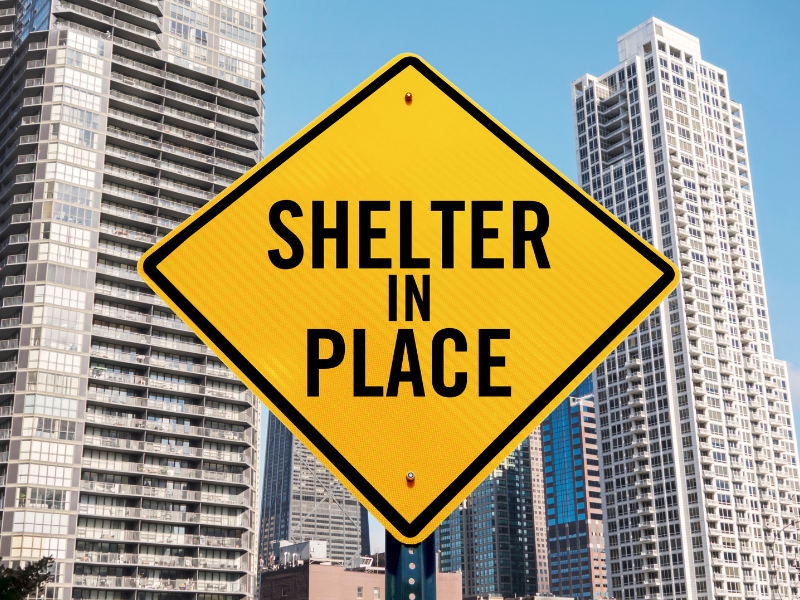Be prepared for any situation with this complete guide to building a **shelter-in-place kit**. Learn which essential items you need to keep your family safe and comfortable during emergencies.

According to the Centers for Disease Control and Prevention (CDC), a **shelter-in-place order** requires you to stay indoors, find a safe spot, and remain there until authorities declare it safe to leave. These orders are often issued during sudden disasters, leaving little time to prepare.
Having a thoughtfully prepared **shelter-in-place kit** ensures you and your family have the essentials needed to survive days, or even weeks, without leaving your location. Unlike a portable bug-out bag, this kit can include larger items for convenience and comfort. Here’s a checklist of the **9 essential items** you need:
Shelter-In-Place Checklist
- Water - Plan for **1 gallon per person, per day** for drinking and sanitation. Options like 5-Gallon Water Containers and other water storage solutions ensure clean water access.
- Food - Have enough food for **3-5 days per person**. While you may rely on household supplies initially, including MREs or a **3-21 day food supply** is ideal.
- Clothes - Pack an extra set of **clothing and shoes** for each person in your household.
- Medications - Include **3-5 days’ worth** of prescription medications. Monitor expiration dates to rotate supplies as needed.
- Flashlight - A reliable flashlight is crucial during emergencies. Invest in a durable, high-quality option for long-term use.
- Can Opener - Don’t overlook this essential item. Even if your food isn’t stored in cans, you may need one for other supplies.
- Radio - Opt for a **multi-power radio** with options like batteries, hand-crank, AC/DC, or solar charging. Many radios combine flashlight and communication functions.
- Hygiene Kit - Start with basics like **soap, toilet paper**, and a **toothbrush**. Add extra items as space allows.
- First Aid Kit - Include essential items like antiseptic, gloves, bandages, and over-the-counter medications such as aspirin. Compact, affordable first aid kits are widely available.
By including these **9 essential items**, you’ll have a solid foundation for your shelter-in-place emergency kit. Think about additional items like books, games, or comfort items to make a stressful situation more manageable.
What else would you include in your kit? Let us know!












